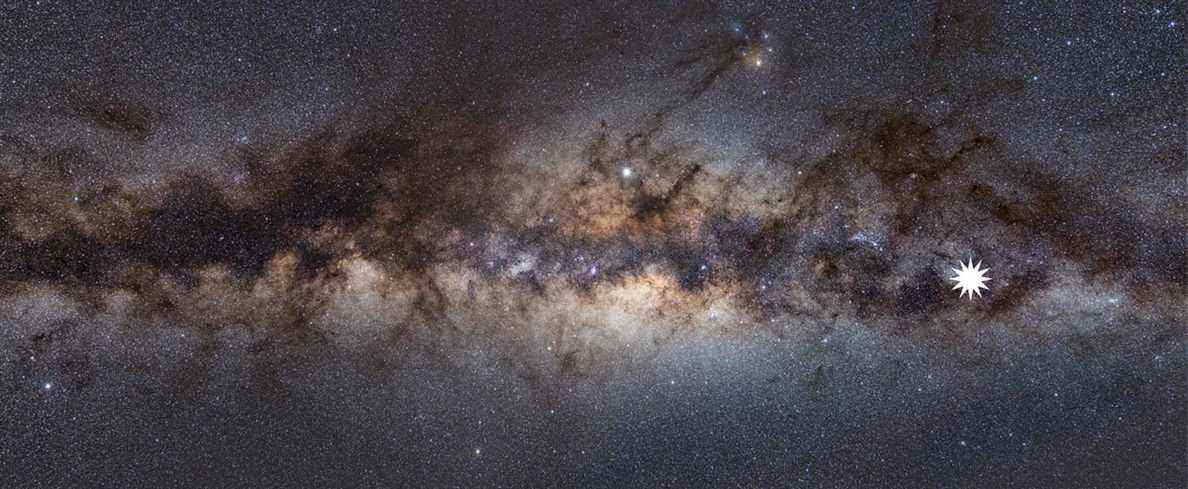Australian astronomers have discovered a strange rotating object in the Milky Way that they say is unlike anything previously observed, according to a scientific publication published in the latest edition of the journal Nature.
• Read also: A bit of Canada in the James Webb Space Telescope
The object, first spotted by a student working on his undergraduate thesis, produces strong electromagnetic radiation three times per hour.
The waves are emitted every 18.18 minutes, explains astrophysicist Natasha Hurley-Walker, who observed the phenomenon using a giant low-frequency radio telescope in the Australian Outback.
Although there are other objects in the universe that emit regular radio variations, such as pulsars, this frequency has never been observed before, she says.
The discovery of this object was “a bit scary”, she adds, “because there is nothing known in the sky that does this”.
The team established that the object is about 4,000 light-years from Earth, incredibly bright, and has an extremely strong magnetic field.
But many mysteries remain to be unraveled. “If you do all the math, you find it shouldn’t have enough power to produce those kind of radio waves every 20 minutes. It just shouldn’t be possible,” Hurley-Walker said.
It could be an ultra-long-period magnetar, a phenomenon theorized by researchers but never yet observed, or even a white dwarf, an aging star with a surface temperature twice as high as that of the sun.
“But it’s also quite unusual,” says the astrophysicist. We know of only one white dwarf pulsar, and nothing as important as this one.”
“Of course, it could be something we never thought of. It could be an entirely new type of object,” she says.
The research team was able to observe the signal over a wide range of frequencies.
“That means it must be a natural process, it’s not an artificial signal,” the scientist assured when asked if this strong and coherent radio signal from space could have been sent by another life form.
The next step for researchers is to search for more of these strange objects in the universe.
“Further detections will tell astronomers whether this is a rare one-time event or a large new population that we haven’t noticed before,” Hurley-Walker said.
